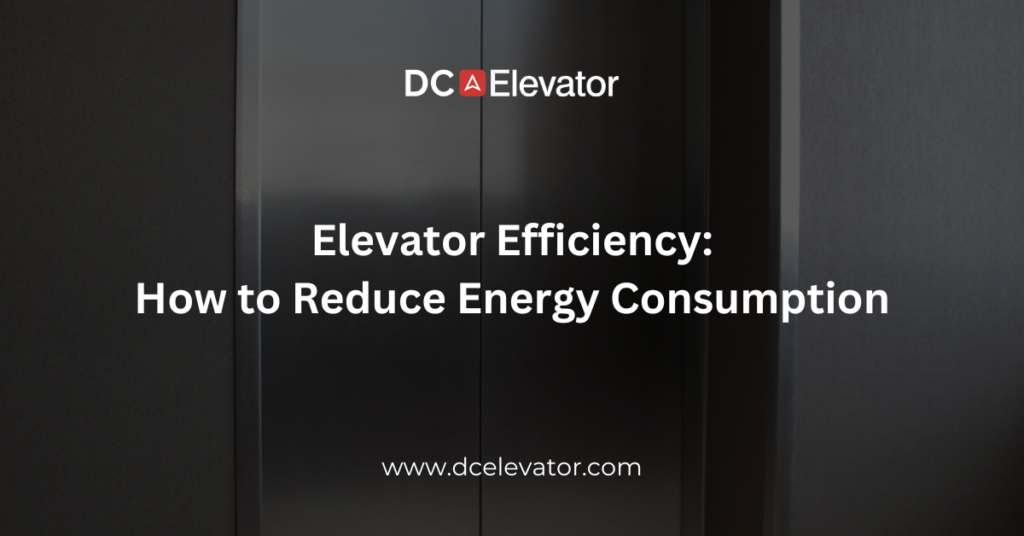Elevators are a fundamental part of modern urban life, but they are also significant consumers of energy. In a world that is increasingly conscious of sustainability, finding ways to make elevators more energy-efficient is vital. In this blog post, we’ll explore the challenges and solutions for reducing elevator energy consumption without compromising convenience or safety.
The Energy Challenge
Elevators are essential for high-rise buildings, enabling efficient vertical transportation. However, their operation consumes a significant amount of energy. This is due to the continuous use of motors, lighting, and ventilation systems. As urbanization and skyscraper construction continue, addressing elevator energy efficiency becomes even more crucial.
Understanding Elevator Energy Consumption
To improve energy efficiency, it’s essential to understand the primary factors contributing to energy consumption in elevators:
1. Power Usage: Elevator motors use electricity to lift and lower the cabin. The power required depends on factors like cabin weight, the distance traveled, and speed.
2. Lighting and Ventilation: Elevators need lighting and ventilation systems for safety and passenger comfort. These systems, when left on continuously, contribute to energy use.
3. Standby Mode: Elevators often run on standby, ready to respond to a call. This standby mode consumes energy even when the elevator is not in use.
Solutions for Elevator Energy Efficiency
Improving elevator energy efficiency requires a combination of technology, design, and user behavior. Here are some strategies to reduce energy consumption:
1. LED Lighting and Sensors
Upgrading to LED lighting in elevators can significantly reduce energy usage. Installing motion sensors that turn off lighting and ventilation when not in use can further cut down on electricity consumption.
2. Regenerative Drives
Regenerative drives capture and store excess energy generated during the elevator’s descent and reuse it during ascent. This technology can save a substantial amount of energy.
3. Variable Frequency Drives
Variable frequency drives (VFDs) are an energy-efficient technology that adjusts the elevator’s motor speed to match the required load. This prevents the motor from running at full power when unnecessary, resulting in energy savings.
4. Destination Dispatch Systems
Destination dispatch systems optimize elevator routes, reducing unnecessary stops and idle time. Passengers input their destination floor, and the system groups passengers traveling in the same direction, reducing overall energy consumption.
5. Efficient Cabin Design
The design of the elevator cabin can also impact energy efficiency. Using lightweight materials and efficient layout design can reduce the energy required to move the cabin.
6. User Behavior
Raising awareness among users about energy conservation is vital. Encouraging passengers to use elevators efficiently by reducing unnecessary trips and overcrowding can contribute to energy savings.
Elevator Energy Efficiency: A Shared Responsibility
Improving elevator energy efficiency is not solely the responsibility of elevator manufacturers or building owners. It’s a shared commitment among all stakeholders, including users. By adopting and promoting these energy-saving strategies, we can collectively reduce the carbon footprint of elevator systems.
The Future of Elevator Energy Efficiency
As technology advances, we can expect further innovations to enhance elevator energy efficiency. Future elevators may incorporate artificial intelligence, machine learning, and smart controls to optimize performance and energy use.
In conclusion, elevator energy efficiency is a critical aspect of creating more sustainable, eco-friendly urban environments. By implementing these strategies and fostering a culture of energy consciousness, we can enjoy the convenience of elevators while reducing their environmental impact.
